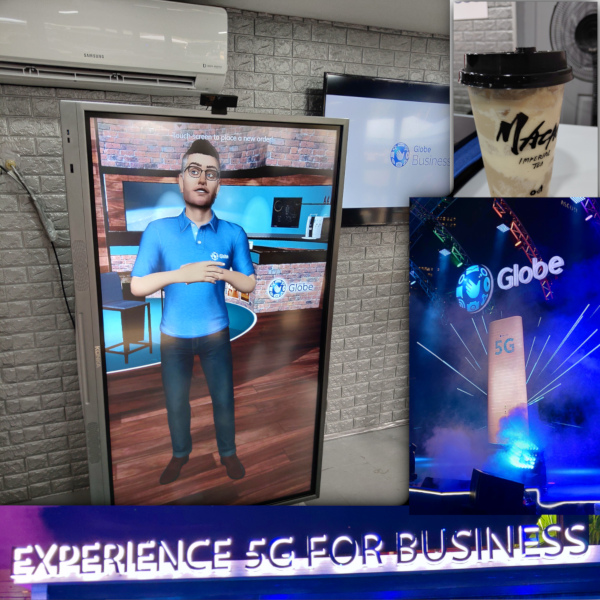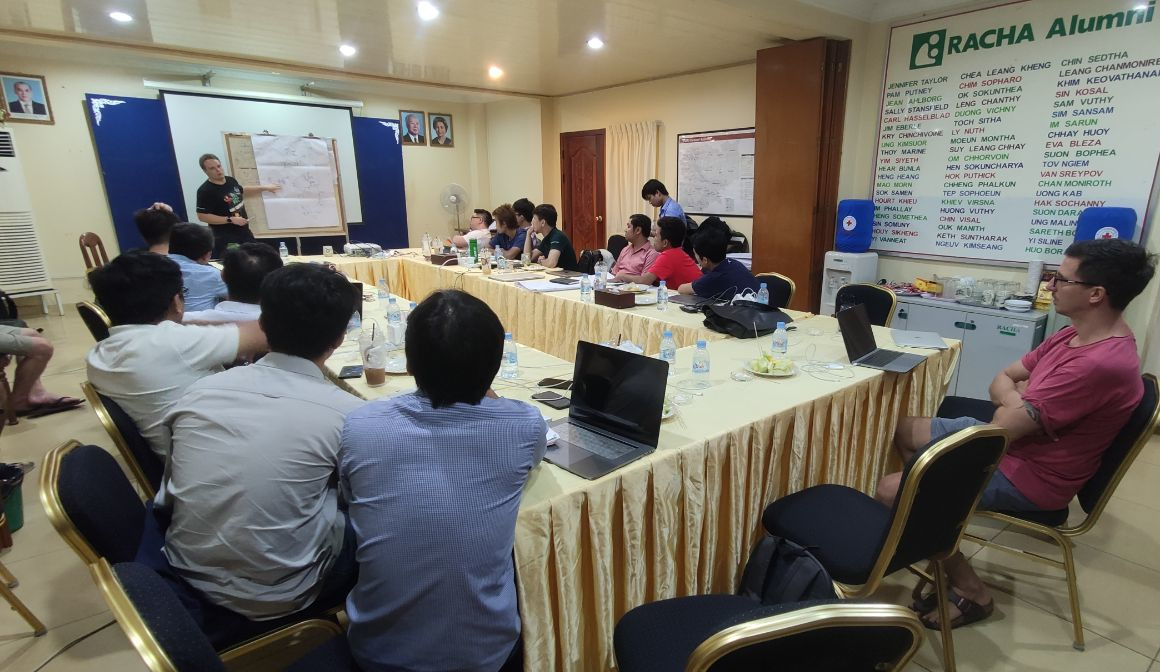I experienced Cambodia, specifically the capital of Phnom Penh, as a fairly typical South-East Asian country. A few years behind Thailand and Vietnam in terms of development but rapidly catching up. Programmers and managers are hungry for training and hands-on experience with the latest cloud technologies that local universities are still unable to provide.
This gap in education is something that Slash is keenly aware of and looking to close by bringing in trainers. Serverless is still fairly new and experience across multiple production-level projects and ability to deliver complex solutions at scale and at speed would be a major competitive edge for Slash.

I started my time in Cambodia by eating tarantulas, because why not? It’s a local delicacy and I’m always up for challenging my comfort zones. Probably as expected, it was “crunchy with a squishy centre” and tasted rather “earthy”. It won’t be top of my list for things to try twice. The duck breast with red ants was considerably tastier. I spent most of my free time walking around the city, taking in the culture, architecture and people, and eating. I particularly liked one chain of eateries called Tree Alliance where they “build futures for former street youth, marginalized young people and adults”. I tried both of their restaurants in Phnom Penh and strongly recommend them if you visit.
The hunger for knowledge and the ability to innovate extends beyond the developers in Cambodia. I visited a massage salon that employed only blind therapists. My therapist was a 26-year-old guy who had taught himself English using Google Assistant. He would ask it to define words he had heard, summarize books and explain things such as the weather. When the assistant could not understand him, he would try different ways to pronounce the words until he got it right. I think there might be a non-profit idea there for AI English teachers.

We started our training with Slash going through my Executive Summary: Serverless Training presentation. This provided a high-level view of serverless, its challenges and its capabilities without getting technical. As the title implies, it’s aimed at executives and managers rather than developers. It provides information that account managers can use to explain serverless to clients and for executives to make decisions on the future of their platforms and business.

Following this, we continued with a more technical presentation covering microservice design patterns and architecture designs for different usecases. This was a new presentation and I was quite excited to get into the details of serverless with a highly engaged crowd. Hungry for knowledge, all the non-technical folks stuck around for this too. What stood out for me were the number of questions and the amount of discussion we had around both presentations.

After lunch, we continued with a case study for a fairly simple e-commerce solution. We split the crowd into teams and gave each team the task of designing a serverless architecture for this project. My intent was to make sure they had understood the concepts and was hoping to see different but mostly correct designs. I was not disappointed. They all had their own approach to the problem but all of the teams demonstrated a clear understanding of Serverless and embraced the use of AWS Services. I was also happy to see that only 1 group had resorted to exclusively using an SQL database.

On Thursday, Slash and I launched the AWS Usergroup Cambodia. I presented my executive serverless introduction and Slash presented the architecture for the new serverless Freepackers they had designed. We also talked a bit about virtual hosts. As with the Slash workshop, the interest in the topic and focus in the room was palpable. Nobody was fidgeting with their phone and we had many great questions after each presentation.
After my week with them, it was clear they were keen to learn more and start working on serverless projects. Pipeline projects were re-evaluated with this architecture in mind and the founding partners realized that the company had an opportunity to evolve far beyond just their development team’s capabilities by fully embracing serverless. Not least in the level of automation that can be created around DevOps and the AppStore mentality that goes hand-in-hand with microservices and scripted infrastructure. I expect we will have many more discussions and ideas as Slash evolves itself around these new concepts into a powerful serverless development agency and AWS Technology Partner. I am looking forward to returning and working with the teams again and providing support where I can with their pipeline of now serverless opportunities.


